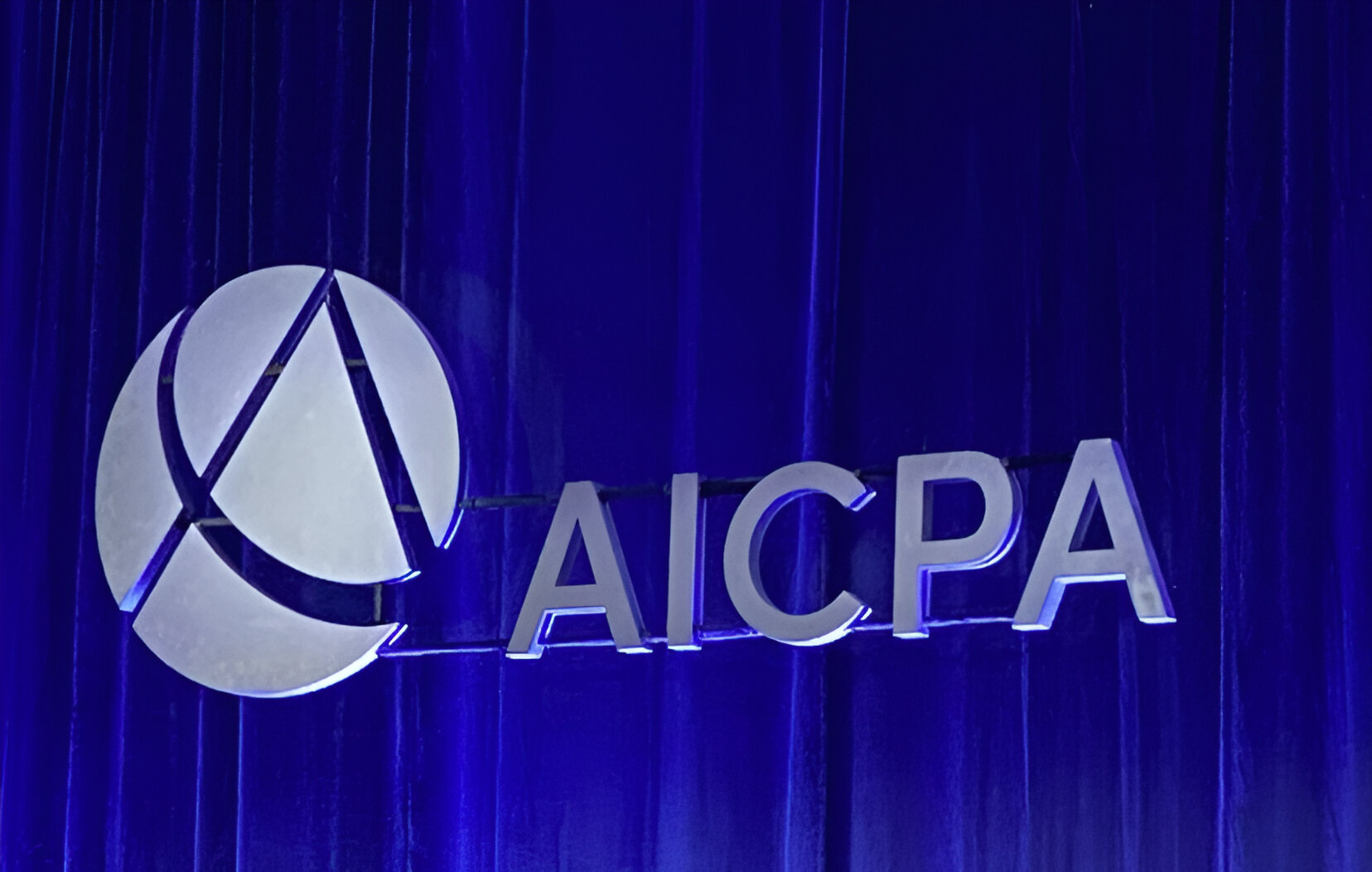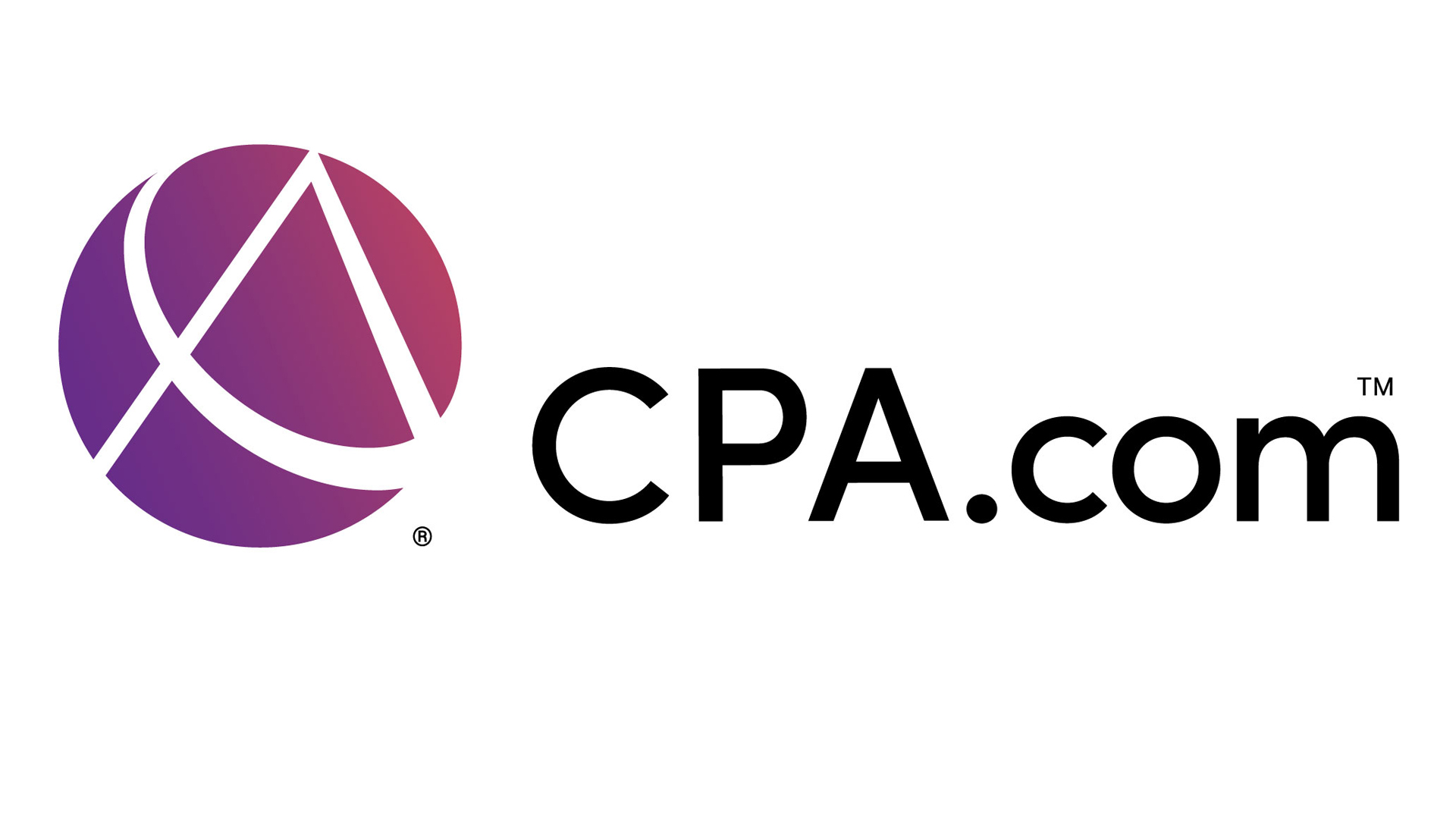May 23–Seattle Public Schools may have to repay as much as $490,000 to the federal government because state auditors say the district did not spend some of its federal grant money appropriately in the 2011-12 school year.
The auditors, in one of their regular audits of the school district, questioned how the district spent funds from two of its grants — one for Native American students, and one aimed at preventing students from dropping out of high school.
The auditors said the district spent $483,862 of the dropout-prevention grant that weren’t part of the original grant application or budget. They also said the district, for the fourth year in a row, claimed more students than it could justify for its federal Indian Education grant, so received $6,530 more than it should have.
District officials largely agreed with the state auditors’ findings, saying they take their responsibilities for grant management seriously. But Superintendent Jose Banda said he didn’t want the problems to overshadow all the good work going on under the grants.
The auditors acknowledged that they look solely at financial compliance, not grant effectiveness.
District officials also said they are taking a second look at the questioned costs for the dropout-prevention grant, which is a five-year, $12.5 million grant that the district received in September 2010. Many of the questioned expenses in the 2011-12 school year went to activities that met the intent of that grant even if they weren’t part of the original application, said Duggan Harman, the district’s assistant superintendent of business and finance.
The federal government has agreed to look at the new information in deciding how much, if anything, the district must repay, Harman said.
He said the district also may seek revisions to that grant so it will cover expenses that the state auditor questioned. The district spent about $201,000, for example, for a software program that provides online training to help students overcome social and emotional problems. That program was not listed in the original budget, but federal officials recently noted it as a “promising practice,” Harman said.
This is the first year that state auditors have reviewed that grant, he said.
For the federal Indian Education grant, Harman said, the district has made management changes in the district’s Native American education program, and changed how the grant is reviewed before it is submitted.
The problem, said Harman, is that “staff weren’t doing the job they were hired to do.”
The manager of that program recently left the district, but Harman declined to say whether he was fired.
The grant is designed to provide educational and cultural services to Native American students who aren’t meeting the state’s learning standards.
The district has returned some grant money — a total of about $328,000 for the 2008-09, 2009-10 and 2010-11 school years.
The fact that the district is still having problems with its Indian Education grant application comes at a time when the future of the district’s Indian Heritage Middle College program, an alternative program for high-school students, is uncertain.
Banda decided against closing the program for this school year, but where and how it will operate next year has yet to be decided.
In some good news for the district, the auditors found no problems with the district’s financial statements.
In mid-June, state auditors will complete the third regular audit of the year — the so-called “accountability” audit, which covers more than finances.
Linda Shaw: 206-464-2359 or lshaw@seattletimes.com. On Twitter @LShawST
Copyright 2013 – The Seattle Times
Thanks for reading CPA Practice Advisor!
Subscribe Already registered? Log In
Need more information? Read the FAQs
Tags: Accounting, Auditing, State and Local Taxes



